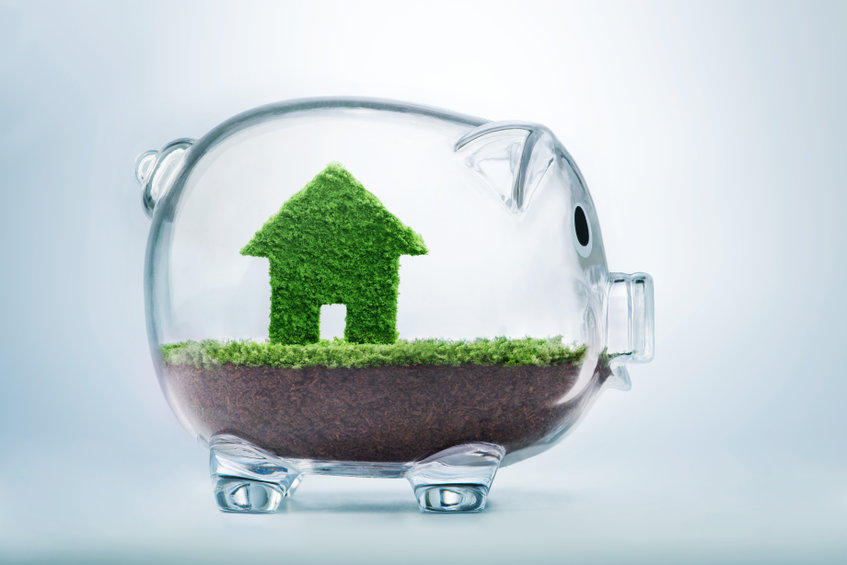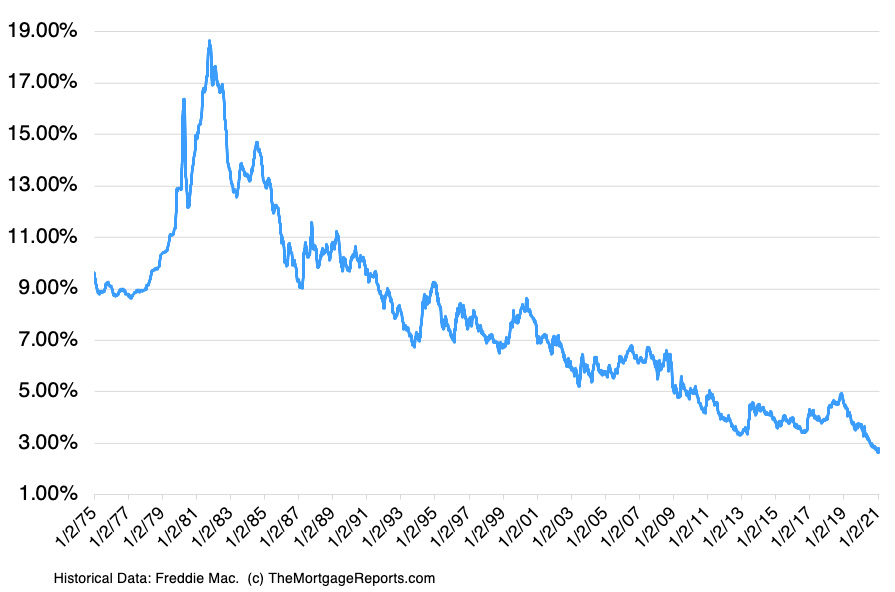
If you have been closely watching the DC-area housing market, you cannot help but be in awe of both its performance and its future potential. The home prices in Maryland, Virginia, and Washington, DC have more than doubled in the last twenty years. Since 2000, our local area has enjoyed steady appreciation rates of close to 4% annually. For real estate investors, the DMV real estate market offers plentiful opportunities of making money by flipping homes and accumulating long-term wealth by building a portfolio of rental properties.
That is not to say that being a real estate investor in the DC area is without challenges. The housing crisis of 2008 is still fresh on our minds. The steady performance of the last twelve years has helped local homeowners and investors prosper, but many wonder whether such appreciation rates are sustainable in the future. The local real estate experts (and I consider myself amongst them) keep on calling for a general slow-down, but the market keeps marching on. Even such adverse events as global pandemic seem to be doing it more good than bad. In Summer 2020 (the height of the Covid pandemic), CoreLogic’s Home Price Index predicted the median home value in the region to decline 1.2% year-over-year by April 2021. Not an unreasonable prediction considering the widespread unemployment and general pandemic-induced softening of the economy. Instead, once again, the whole DMV region posted enviable home price increases.
Yet, many local real estate investors worry. The competition is daunting with the majority of listed properties receiving multiple offers. With the increased competition come temptations to overpay or to count on the generous future appreciation to squeeze a profit – both big no-no’s in real estate investing. The general concern among more experienced investors is the belief (not unfounded one) that “what goes up, must come down.” In other words, could it be too late to jump on that gravy train? To answer this question, let’s look at the possible reasons for the continued boom in the DC-area housing market.
Top six reasons for the DC metro real estate boom.

Low interest rates:
In case you’ve been asleep in the last ten years, the mortgage rates are low. Like really really low. I mean historically low. The Federal Reserve has been keeping them down to stimulate the economy and avoid a potential recession. It seems that every time there is a talk about raising them, some economic disaster strikes and the Fed decided to keep them low again.
Low mortgage rates make mortgages more affordable. For example, if you have a mortgage of $300,000 at 7% (yes, I remember when such rates were prevalent!) you will pay $1,996 a month for thirty years. Roll today’s rates of 2.5%, having a $300,000 mortgage balance will cost you $1,185 a month. These are savings of $811 a month, $9,732 a year, or over $290,000 over the lifetime of the loan.
However, one side effect of low-interest rates is increasing home prices. Let’s use the example above. If a young couple was willing to pay $1,996 a month, in 2007 they would be able to afford to borrow $300,000. With today’s rates, a monthly payment of $1,996 affords them a much larger loan – somewhere around $445,000. The prices are bound to increase when there are more people willing to pay more and more. This is the paradox of lower mortgage rates: while theoretically improving affordability, they also lead to price escalation.
Low inventory:
Low mortgage rates lead to people being able to afford a house earlier in their working lives. Alternatively, they are able to afford more expensive homes. Combine it with the constrained supply and we have a classic example of how high demand and low supply lead to price increases.
The pandemic made the situation even more pronounced. Our homes became more than places to eat and sleep. Increasingly, they are also places where we learn, socialize, and work. The demand for larger suburban homes with more indoor and outdoor space has soared while supply remained constrained. As the result, the number of homes sold fell across the DC area. In Maryland, sales of single-family homes declined from 34,586 in 2019 to 30,039 in 2020. In Virginia, single-family home sales dropped from 25,092 to 24,607.
The experts cite several reasons for low housing inventory in the DC area:
Inadequate historic new construction rates.
Lawrence Yun, the chief economist at the National Association of Realtors, attributes the inventory problems to underproduction by homebuilders. He believes that builders have been underproducing for at least 13 years.
Higher material costs and tight labor market due to the pandemic.
The lumber supply chain was first disrupted last spring when many factories shut down amid the Covid concerns. As the demand for housing spiked, they simply could not keep up. As the result, lumber prices have increased by a whopping 200% since April 2020. That led to the increases in the price of an average single-family home adding, according to the National Association of Home Builders, almost $25,000 to its price tag.
Needless to say, homebuilders are not happy with the situation. Homebuilders’ confidence index fell by two points in March 2021. More than 35 housing organizations wrote a letter to Commerce Secretary Gina Raimondo demanding the examination of the lumber supply chain and solutions for the high costs.
Reluctant sellers.
Another less important but still contributing factor was sellers’ reluctance both to shop for a new home in an ultra-competitive market and open their homes to possibly unvaccinated strangers. For those living comfortably in the suburbs, the pandemic was not the right time to downsize or move closer to the office.
General affluence in the DC Metro Area.
Housing is only worth what buyers are willing and can afford to pay for it. And with three out of five US wealthiest counties located in the DC metro area, folks here can afford quite a bit. Loudoun County in Virginia takes the top prize for the highest median household income in the country: $134,464. Howard and Fairfax counties take the second and third spots at $120,941 and $115,717 respectively. As for the wealth of the entire state, the apparent champion is the good ole’ state of Maryland beating out New Jersey, Massachusetts, and Hawaii.
No matter how you slice and dice the data, one thing is clear: our area is growing both in terms of population and its affluence. No wonder that even with the escalating real estate prices, the demand is particularly high for houses priced above $950,000 with 60% of such listings sold above the asking price.
Is DC-area housing market facing another housing bubble?
If you are still scarred but the housing crisis of 2008-2009, it helps to remember one thing. Rising prices do not necessarily mean a bubble. Bubbles form when the prices are not justified by fundamental economic factors.
A major cause of the last housing crash was subprime lending. Exuberant and irresponsible lending on behalf of financial institutions led to exuberant and irresponsible borrowing on behalf of homebuyers and homeowners. When borrowers started to default in troves, the whole subprime lending industry collapsed taking major financial institutions such as Fannie Mae and Freddie Mac with it.
Today, in contrast, banks and mortgage companies use one of the strictest underwriting criteria in years. Unless you are a real estate investor working with a hard money lender, it’s difficult to find a no-doc loan or borrow close to 100% of the current market value of the home. Folks buying the super-duper expensive homes are unlikely to default soon: everything about their income, past payment history, and current level of savings have been thoroughly vetted.
Final thoughts:
There might be no bubbles to burst, but current appreciation rates are unlikely to be sustained in the long term. The experts agree that the housing boom will come to the end once the Fed begins to raise mortgage rates. And with the threat of inflation looming large, it can happen more quickly than previously anticipated.
Higher mortgage rates may slow down appreciation and cool off bidding wars, but I remain convinced of the fundamental health of the DC metro real estate market. Whether you are looking to buy your first home or you are a real estate investor looking to build wealth, Maryland, Washington, DC, and Virginia offer stability and growth.
 New Funding Resources
New Funding Resources 





Leave a Reply